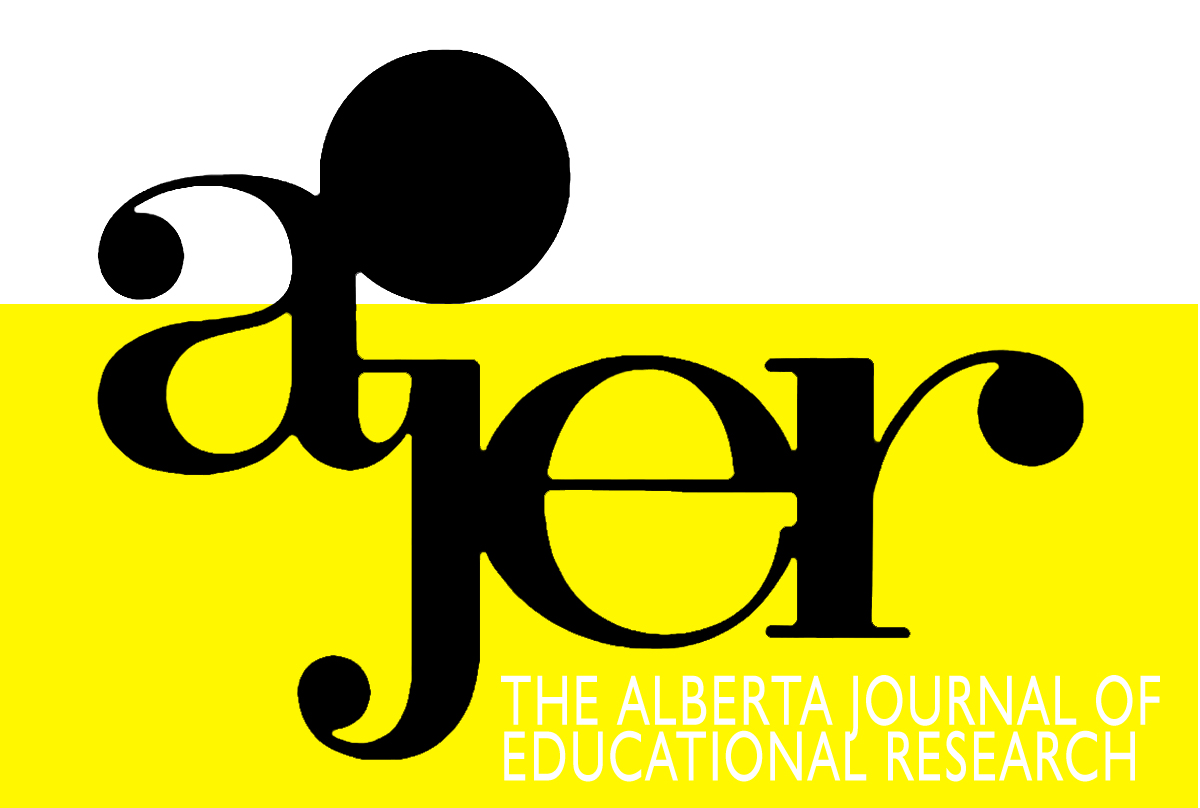Waponahki Intellectual Tradition of Weaving Educational Policy
DOI:
https://doi.org/10.55016/ojs/ajer.v55i3.55332Abstract
This article describes an articulation of a Waponahki intellectual tradition from the experience of a Waponahki woman attempting to position Indigenous knowledge systems in the academy. The author shows how the Waponahki intellectual tradition of weaving baskets can serve as a theoretical framework and foundation for understanding Waponahki policymaking and research. The article reports on a new law implemented in 2004 in the State of Maine that mandates the teaching of Waponahki history and culture in kindergarten through grade 12 and how teacher education programs are being developed to prepare teachers to comply with the legislation. The vision of policy direction resides in the minds of the policymaker and the community for which and with which he or she works. Like policy development, the blueprints of design for the basketry are constructed in the mind of the basketmaker; both work toward the future and continued survival of the Waponahki people. Policy development and basketmaking are more than writing texts or weaving strips of wood: both rely heavily on experience, connection to the people, and knowledge of who we are. Our basketry is intrinsic to our culture, rooted in our creation story; similarly, our policy development is critical to our decolonization and survival. The article calls for Indigenous peoples to revitalize, preserve, recognize, or even uncover their own Indigenous intellectual traditions with the vision of expanding knowledge systems.Downloads
Downloads
How to Cite
Issue
Section
License
UNIVERSITY OF ALBERTA COPYRIGHT LICENSE AND PUBLICATION AGREEMENT
If accepted, authors will be asked to sign a copyright agreement with the following points:
A. Where there is any inconsistency between this Copyright License and Publication Agreement and any other document or agreement in relation to the same subject matter, the terms of this Agreement shall govern.
B. This document sets out the rights you are granting in relation to publication of your article, book review, or research note entitled (the “Article”) through inclusion in the academic journal titled Alberta Journal of Educational Research (the “Journal”) published through the Faculty of Education, representing the Governors of the University of Alberta (the “Journal Editor”).
C. There will be no payment to you for this publication and grant of rights. In consideration of the agreement to publish the Article in the Journal:
1. You are warranting that:
- the content of the Article is your original work, and its content does not contain any material infringing the copyright of others; or, where the Article is not entirely your original work, you have obtained all necessary permissions in writing to grant the rights you are giving in this agreement;
- the content of the Article does not contain any material that is defamatory of, or violates the privacy rights of, or discloses the confidential information of, any other person;
- the Article has not been published elsewhere in whole or in part, and you will not allow publication of the Article elsewhere without the consent of the Journal Editor;
- the names of all co-authors and contributors to the Article are:
2. You agree to license the copyright in the Article to the Journal Editor, on a worldwide, perpetual, royalty free basis; and to the extent required by the terms of this agreement. You shall retain the right at all times to be acknowledged as the/an author of the Article.
3. You further agree that the Journal Editor has the entitlement to deal with the Article as the Journal Editor sees fit, and including in the following manner;
- The right to print, publish, market, communicate and distribute the Article and the Journal, in this and any subsequent editions, in all media (including electronic media), in all languages, and in all territories, ing the full term of copyright, and including any form of the Article separated from the Journal, such as in a database, abstract, offprint, translation or otherwise, and to authorize third parties to do so;
- The right to register copyright of the Journal;
- The right to edit the Article, to conform to editorial policy as the Journal Editor sees fit.
4. If any co-author or contributor to the Article does not sign this agreement, the Journal Editor reserves the right to refuse to publish the Article.



